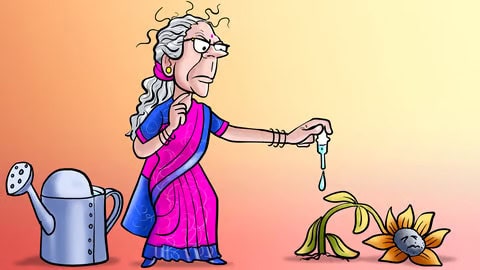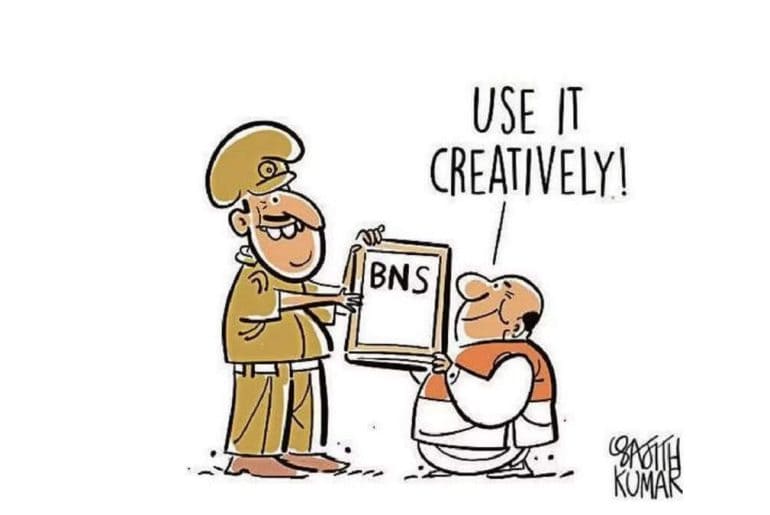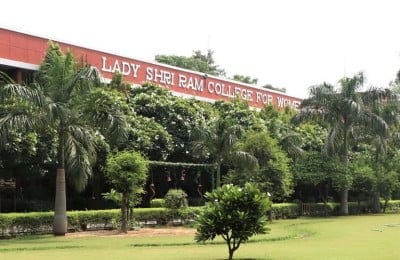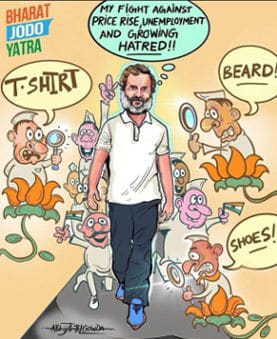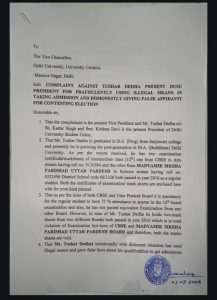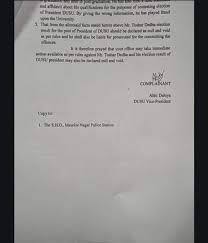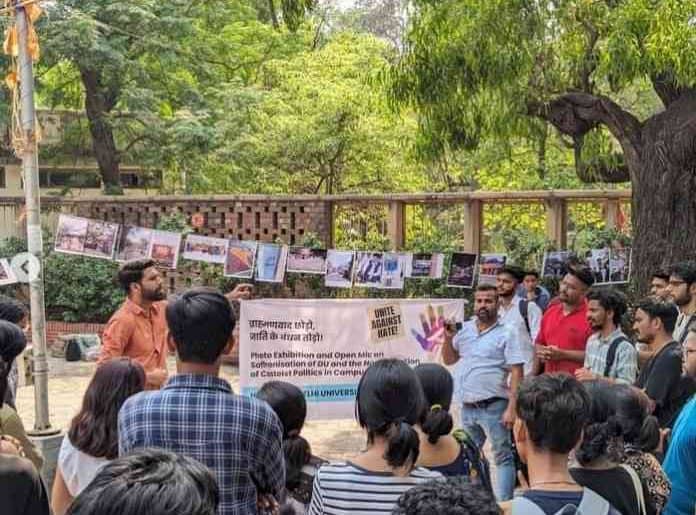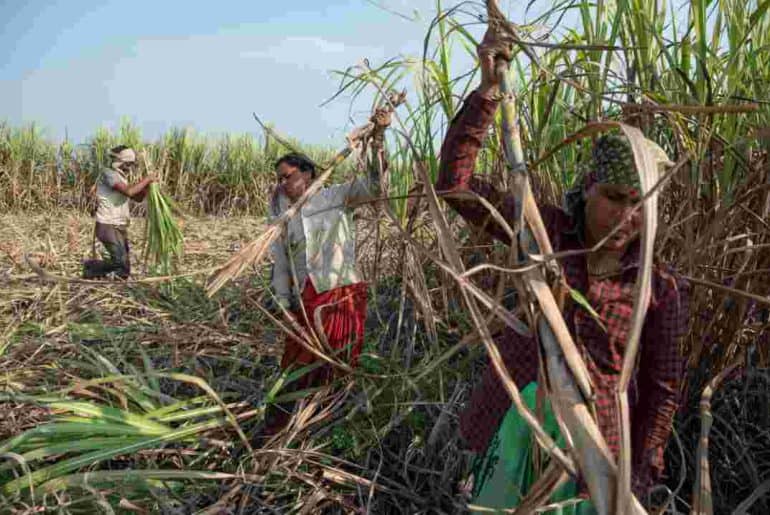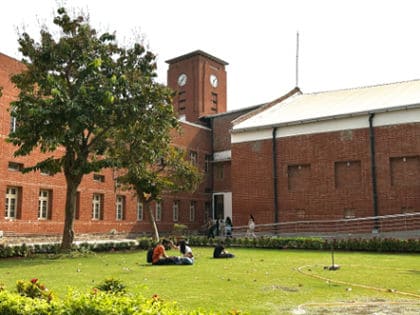Finance Minister Nirmala Sitaraman presented the Union Budget 2024 on July 23. After reducing the allocation to higher education by over Rs 9000 Crores, the Government announced an internship scheme for vast unemployed youth. With a stipend below minimum wage, this scheme feels more like a consolation prize.
The Union Budget 2024 paid more heed than usual to skill development to create an employable youth. Thus, the centre rolled out a new voluntary internship scheme for the leading 500 Indian companies to skill one crore youth over five years. It targets those between the ages 21-24 who are neither employed nor in full-time education. However, individuals who have graduated from IITs, IIMs, IISER, CA or CMA are not eligible to apply under this scheme.
The government will subsidise the program, covering most costs, with organisations required to contribute from their CSR funds. Through this scheme, the government aims to inculcate valuable job-market skills beyond the classroom, and makes it mandatory for an organisation to provide an intern with an actual working experience, inculcating industry-specific skills.
The scheme offers a generous stipend of Rs. 5000 monthly for a period of 12 months. That’s Rs. 150 per day – below the minimum wage. So who exactly is benefitting in this economy? Such a minimal stipend already excludes a major portion of the student population who, owing to their financial conditions, cannot commit to such a program for a long duration. The “unpaid internships industry” which pays in experience, already does enough to exclude this section of society. Thus, this scheme does little to alter the status quo. However, the government certainly wishes for us to look at it with rose-tinted glasses, and count our blessings.
The one major problem in all of this is that the internship scheme caters individuals in their early twenties, who also happen to not be full-time students. Why would a 21-year-old college graduate, who isn’t a part of the workforce, be asked to work below minimum wage? Is the Finance Minister indirectly acknowledging the state of the Indian economy which makes such a scheme plausible?
The fact is that students usually look for internships to upskill themselves and gain valuable experience before they graduate and enter the corporate world, or go for professional courses like an MBA. Furthermore, students who are passionate about research and academia, and wish to build a career in the same, are always on the lookout for opportunities (paid or unpaid) which provide them a conducive learning environment beyond their classrooms. This internship scheme in particular, offers nothing to either group.
Students have also expressed mixed feelings about the scheme,
I appreciate the fact that the government is acknowledging that the industry requirements and our academic curriculum don’t really match, thus raising the need for a practical exposure before students enter the job market. Having said that, I am still sceptical about the eligibility for the same. The targeted age of 21-24 is one where individuals usually graduate, and the scheme also excludes students from reputed organisations like IITs and IIMs, apart from those who have done professional courses like CA, CMA, etc. Furthermore, any of the individual’s family members should not be a government employee or assessed to the income tax department. All of this makes the scheme ‘segment specific’. The eligibility criteria in itself limits the extent of the scheme, by reducing the number of beneficiaries who will actually be impacted by this. I would say that it’s just a sham,
comments Rachit Gupta, a second year Economics student at Hindu College.
On the flip side, the centre has significantly reduced the budget allocation to the education sector by over Rs 9000 crore. While, allocation to school education has been increased, the higher education grant has been slashed significantly. From Rs. 1.29 lakh crore in 2023-24 to Rs. 1.20 lakh crore allocation to the Ministry of Education in 2024-25. In particular, IITs and IIMs face a marginal dip compared to the past year. With the declining state of academia in our country, the Union Government’s expectation that a reduced budget allocation to the education sector will be balanced out by a consolatory internship scheme, there’s little hope for true acknowledgement of the jobs crisis in India.
In light of this, the internship scheme comes off as a consolation prize at best, and a poor attempt at diverting the attention from rightful criticisms of the budget, to a glammed-up sham, at worst!
Image Credits: Newslaundry
Gauri Garg

